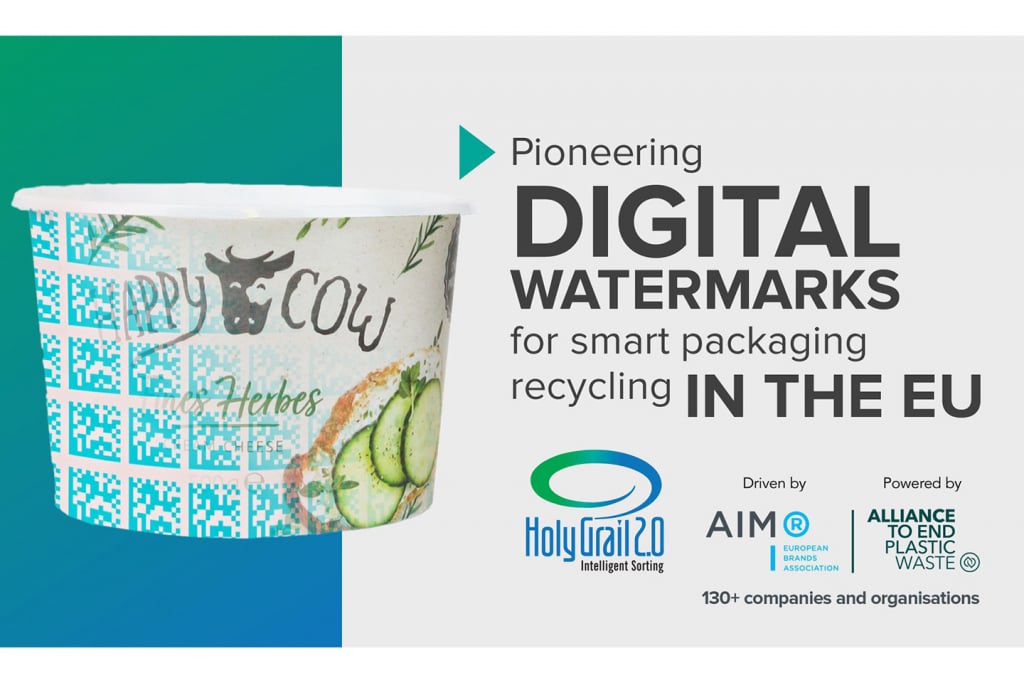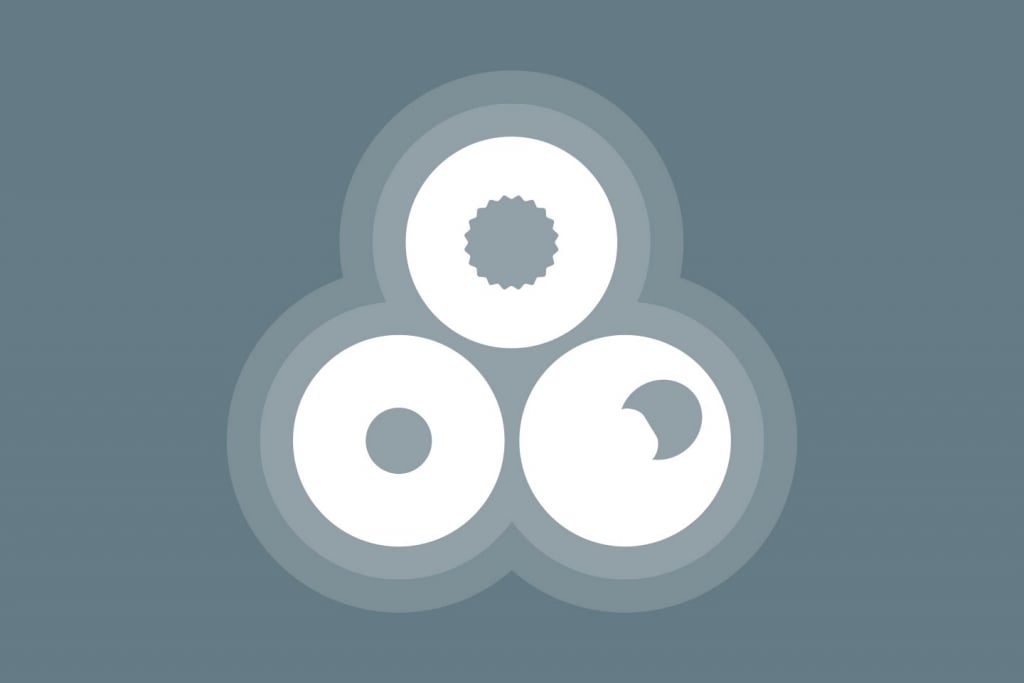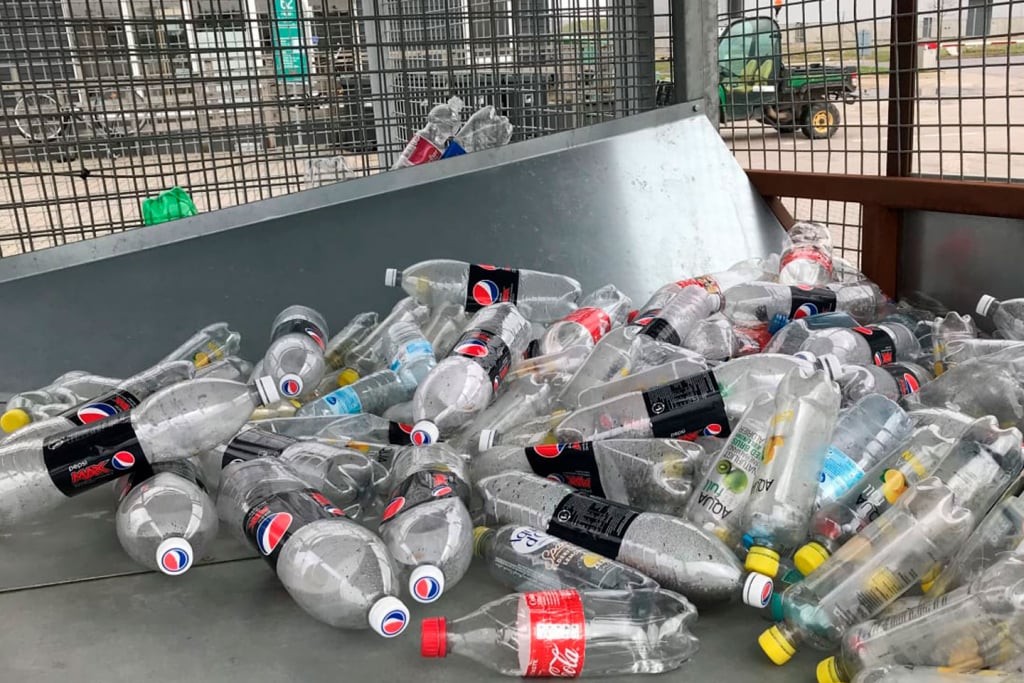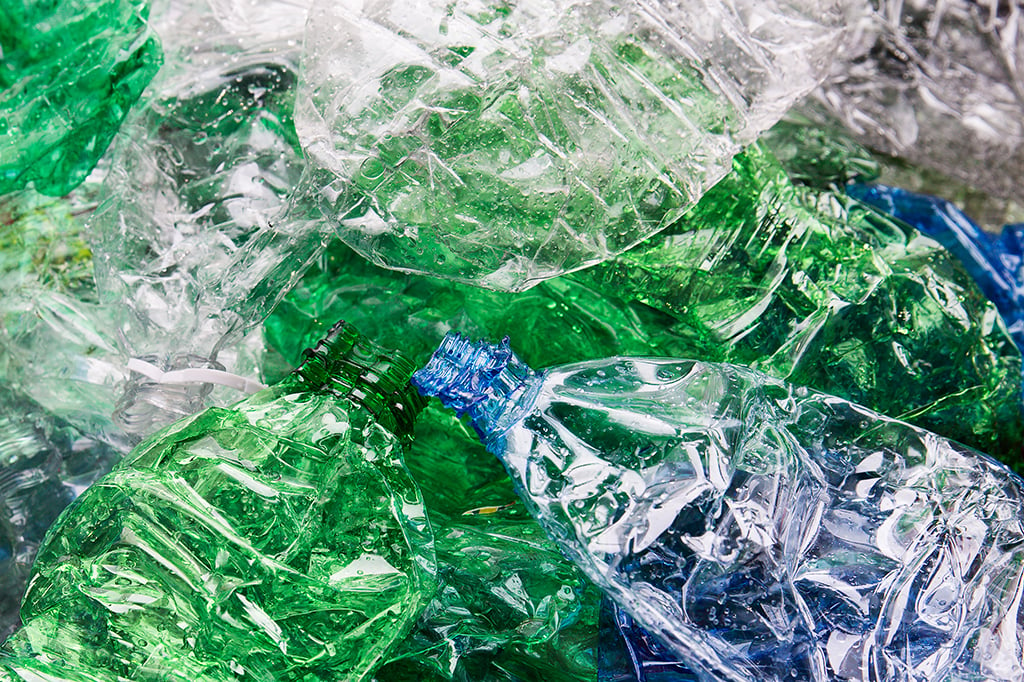Sustainability
One empty bottle or can becomes almost one new one as the high quality of the material is maintained.
95% of aluminum from returned cans can be recycled and reused.
Two ways of recycling in the Danish deposit system.
You might wonder why deposits are charged on beer bottles without a deposit mark and on beer cans with a deposit mark. This is because bottles and cans are recycled in two different ways.
In Denmark, breweries, producers and importers may choose what type of bottles and cans to use for beverages. But the law requires that a deposit be charged on bottles and cans containing certain types of beverages.
The Ministry of the Environment and Food has decided that a deposit must be charged on bottles and cans containing soft drinks, water, energy drinks, cider, iced tea, juice, smoothies (without milk) and lemonade. In contrast, there is no deposit on packaging containing wine and beverages containing milk.
There are two overall ways of recycling:
Recycling by melting bottles and cans
When one-way (disposable) bottles and cans are recycled, the original material is melted and converted into new bottles and cans. About 86% of all deposit-marked bottles and cans sold in Denmark are one-way packaging. Dansk Retursystem collects the bottles and cans and recycles them.
You can always recognize one-way bottles and cans by the Danish deposit mark.
Recycling by reusing bottles
An alternative scenario is collecting, washing and refilling bottles. The breweries do this. Almost one quarter of all deposit-marked bottles sold in Denmark are refillable.
You cannot tell whether there is a deposit by looking at a refillable bottle, such as green beer bottles. You must check your receipt at the time of purchase. If you have paid a deposit, you can get a refund when you return the empty bottles.
Not all types of recycling are equal.
Different types of recycling
Aluminum, plastic and glass can be converted into pans, fleece clothing and windows if bottles and cans are not used to make new ones.
Recycling is good, waste is bad. Many people have learned this simple logic. But some types of recycling are better than others.
The best type is that Dansk Retursystem carries out, which is 1 to 1. Every empty bottle or can becomes nearly one new bottle or can because the material is high quality. This requires that the aluminium, glass and plastic from bottles and cans not be mixed with the aluminium, glass and plastic from other items so that it remains high enough quality for food packaging. In theory, this type of recycling can go on forever.
The next best is when bottles and cans are used for making other food packaging: for example, aluminium trays for pâté or plastic cartons for tomatoes. This is also good, but in Denmark we do not collect these types of packaging, so recycling only happens once and then the trays are discarded.
In third place, low-quality materials are recycled so that they cannot be used for food. Instead the materials can be used for other things such as plastic for garden chairs or fleece clothing, aluminium in a bicycle frame or a pan and glass for windows or light bulbs.
In last place come recycled materials that are mixed with other substances, and the quality is so poor that very few products can be made. Examples of this include aluminium in asphalt, plastic in carpets and glass in insulation foam.
All four types of recycling can include bottles and cans but only in one direction. A beer can may be converted into a new beer can, but a bicycle frame can never become a beer can. Instead, new raw materials must be mined and the process started from scratch, which strains the environment and adds to climate change.
A 92% recycling rate
Dansk Retursystem aims to achieve a high percentage of returns.
Danes excel at returning their empty bottles and cans. 92% of all bottles and cans return to the system so that the aluminium, plastic and glass can be melted and turned into new bottles and cans. But we have higher ambitions.
In the ideal world, all deposit-marked bottles and cans would be returned, giving 100% returns. However, this is not possible, because consumers take bottles of water and cans of beer on holiday in other countries and leave them there.
But the percentage of returns can rise if everyone makes an extra effort. Every year, more and more one-way bottles and cans are sold, but only 89% had been returned. However, in 2019, 92% were returned for the first time. This extra one percentage point sounds small, but it represents more than 12 million more bottles and cans that can be recycled.
However, this still means that 8% of all bottles and cans do not get to Dansk Retursystem’s factories. This is why we are continually developing new methods to make returning bottles and cans easier for consumers and stores.
One initiative is establishing new Pantstations (deposit return banks), at which consumers can deliver up to 90 bottles and cans at a time in the same sack. Another is deposit return bins, which Dansk Retursystem helped to develop, attached to public waste bins in the City of Copenhagen. Consumers can leave their empty bottles and cans in these bins, allowing other people to return the bottles and cans and collect the deposits.
More about the closed resource cycle
One empty bottle or can becomes almost one new one as the high quality of the material is maintained.
You will almost certainly be drinking from a bottle or can made from recycled glass, plastic or aluminium when you open a bottle of water or a can of beer. This is because the material can be used again and again.
The Danish deposit and return system is based on the principle of a closed resource cycle. Bottles and cans for beverages can be returned to specific locations such as reverse vending machines in supermarkets or ‘pantstations’ (deposit return banks).
The advantage of this system is that the material can continue to have adequate quality to be used again for food. Strict health regulations cover the aluminium, plastic and glass we drink from.
This is why aluminium from used beer cans may solely be used for new beer cans if it has not been mixed with other aluminium items such as empty paint cans. Similarly, glass bottles cannot be recycled into new bottles containing soft drinks if the glass has been mixed with waste glass from light bulbs, for example.
When we send plastic, glass and aluminium from bottles and cans for processing, the material goes exclusively to facilities and companies that are approved to manufacture food packaging. We inspect regularly to ensure that the requirements are met.
The result is premier division recycling. Through Dansk Retursystem, one empty bottle or can becomes nearly one new bottle and can. Very little material is wasted during this process.
How bottles and cans are made

Bauxite, crude oil and river sand are the raw materials used for making cans and bottles from scratch.
We surround ourselves daily with things without thinking about their origins. Bottles and cans are an example.
A can is made from aluminium. This metal is primarily based on the mineral bauxite, which is found in Australia, Brazil, China and the United States. Bauxite comprises 8% of the earth’s crust, so there is plenty of it. But manufacturing 1 kg of aluminium requires mining 4 kg of bauxite, which is converted into aluminium in a chemical process. This requires 95% more energy than melting existing aluminium and converting it into new material.
A plastic bottle is mostly made from crude oil, which is pumped from under the seabed and refined in refineries in such locations as Norway, Sweden and Germany. Most of the world’s crude oil is used for petrol and other fuels, and only 5% is used for producing plastic. Every 1 kg of plastic requires 2 kg of crude oil. The world has finite amounts of crude oil that cannot be renewed. Creating crude oil underground has taken 10 million to 60 million years.
Glass for bottles is made from fine river sand from such countries as Belgium. This is melted at very high temperature with chalk and soda so that the glass lasts longer. Producing 1 kg of glass requires 1.2 kg of raw materials.







